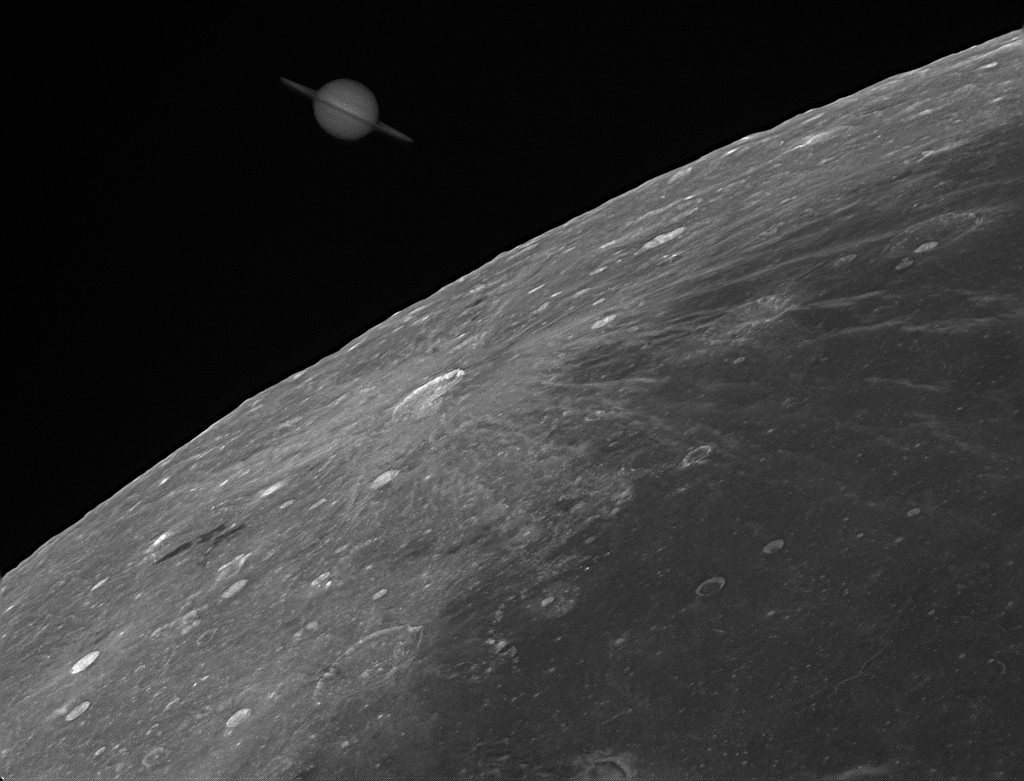|
|
The High Energy Astrophysics Science Archive Research Center (HEASARC) is the
primary archive for NASA's (and other space agencies') missions studying
electromagnetic radiation from
extremely energetic cosmic phenomena ranging from
black holes to the Big Bang. Since its
merger with the Legacy Archive for Microwave Background Data Analysis
(LAMBDA) in 2008, the HEASARC
archive contains data
obtained by high-energy astronomy missions observing in the
extreme-ultraviolet (EUV), X-ray, and gamma-ray bands, as well as data from
space missions, balloons, and ground-based facilities that have studied the
relic cosmic microwave background (CMB) radiation in the sub-mm, mm and
cm bands.
The HEASARC is a member of the NASA Astronomical
Virtual Observatories (NAVO) where we work with other NASA archives to
ensure comprehensive and consistent VO access to NASA mission datasets.
Users may now query the HEASARC's catalogs using VO-enabled services and
specialized tools. This page describes
how to get to the HEASARC VO-enabled
services and provides information on other HEASARC VO activities.
|
|
Latest News
|
- NuSTAR Caldb Update (19 Jul 2024)
The NuSTAR FPM caldb was updated to version 20240715. This release includes a new clock correction file, v186. Please see the release notes for more details.
- xTime tool updated (11 Jul 2024)
A new version of the xTime mission date/time conversion tool was
released that fixes issues with converting from either NuSTAR or INTEGRAL
times to XRISM times.
- Successful XL-Calibur launch (10 Jul 2024)
The
XL-Calibur balloon from NASA was successfully
launched at 05:04 local time on the 9th of July from Esrange Space Center (Sweden).
The flight is expected to last 4-5 days and it is possible
to follow its journey
across the Atlantic before landing in northern Canada.
- XMMSTACK- XMM-Newton Serendipitous Source
Catalog from Stacked Observations (4XMM-DR14s) Released (10 Jul 2024)
The stacked catalog (XMMSTACK) and associated observation
data (
XMMSTACKOB) offer new versions of the stacked catalog built
from 10,336 4XMM-DR13 overlapping observations. XMMSTACK contains 1,751
stacks (or groups). The catalog contains 427,524 unique sources, with each
observation also provided in the associated XMMSTACKOB table. Both are
now available in both Browse
and Xamin.
- XMM-Newton Serendipitous Source Catalog (4XMM-DR14) Released (10 Jul 2024)
The most recent, updated version of this catalog (from
Webb et al.,2020) containing 1,035,832
X-ray source detections (an increase of 621 more observations and
51,884 more detections since the previous version 4XMM-DR13) drawn from a
total of 13,864 XMM-Newton EPIC observations made between 2000 Feb 3 and 2023
December 31 is now available in both Browse
and Xamin.
- XMM-Newton Serendipitous Source Catalogue: 4XMM-DR14 Released (9 Jul 2024)
14th release of the 4XMM Serendipitous Source Catalogue
 [What is this?] [What is this?]
HEASARC News
Upcoming Dates & Deadlines
Upcoming Astronomy Meetings
|
|




